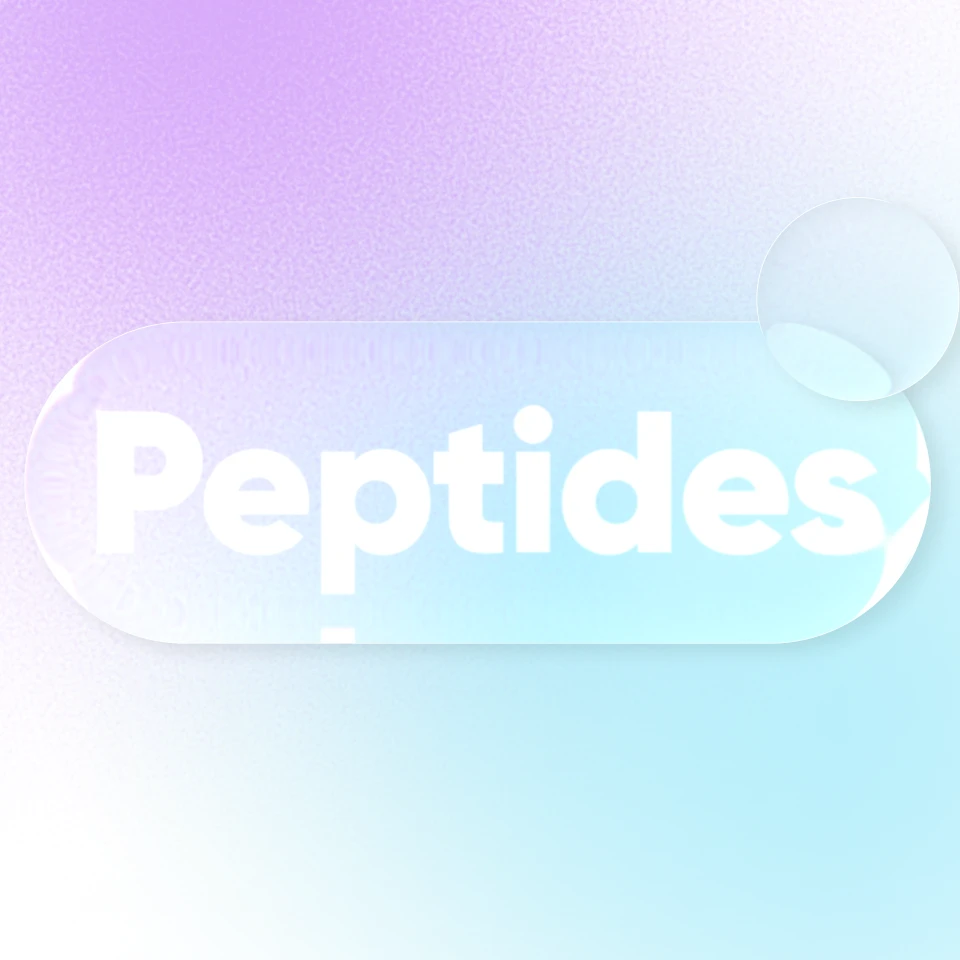Kidney’s are the quiet achievers of our body, working tirelessly to filter our blood day-in and day-out. You never hear them mentioned nearly as much as their next-door neighbors, the liver, the pancreas, the lungs and the heart. But they are as critical to our health as any of these other organs. Filtering 40 gallons or 200 liters of blood a day, the kidneys are the key player in our renal system consisting of the kidneys, renal pelvis, ureters, bladder and the urethra.
Chronic kidney disease, and later kidney failure, is an increasingly common condition in the western world. The main risk factors for developing kidney disease are diabetes, high blood pressure, heart disease, and a family history of kidney failure. Without the kidneys doing their job, waste builds up in our blood and dialysis becomes the only alternative. It is vital that we monitor for these risk factors as early detection of kidney disease can lead to better health outcomes.
At Prenuvo, the kidneys take the award for “organ most likely to show up strutting an abnormal anatomical variant”. About 1 in 500 people have what is called a ‘horseshoe kidney’, a condition where both kidneys are fused together.

During fetal development, the kidneys will rise from the pelvic area to their normal position. However, horseshoe kidney occurs when the kidneys fuse together forming a ‘U’ shape, like a horseshoe. On an MRI image, these kidneys show up as a big half donut around the abdomen, rather than the two kidney bean organs we are used to seeing. The condition is benign but worth knowing about, as there is a higher risk of kidney obstruction and even kidney damage during abdominal trauma.
Another 1 in 750 people are missing a kidney entirely! Almost every time that we have detected this at Prenuvo, our members were totally unaware that they didn’t have a spare one to donate should the circumstance arise. The good news is that the body simply compensates, with the one remaining kidney usually becoming a “super-kidney” - larger and more than capable to take on the work of two normal kidneys. The main concern, of course, is that an obstruction, be it a kidney stone or infection, can be more concerning for people with one kidney. So it is worth knowing about!
The most common kidney issue people suffer is nephrolithiasis - also known as kidney stones. Frankly, a Prenuvo scan cannot investigate most kidney stones. The calcium-based material in kidney stones does not give off a signal on the MRI scans. However, we can recognize a big enough kidney stone when it is causing an obstruction, as identified by the complete absence of any signal from our machines. In fact, many of us have kidney stones that are stable, have possibly been there for years and will likely not obstruct the renal system or cause pain. The best tests to identify kidney stones are ultrasound, which sees the shadowing from a kidney stone, and CT which directly sees the calcification of a kidney stone. The specific CT study geared for identifying kidney stones is called a CTKUB which stands for ‘CT kidneys ureters and bladder’.
Finally a word on kidney cancer. There is no routine screening test for kidney cancer and many kidney tumors do not cause pain or symptoms until the cancer has already progressed. When kidney cancer is caught early, it is often a result of an incidental finding on a diagnostic imaging test. It’s conditions like this that drives our mission for preventative screening. Detecting cancer and disease early allows for more successful treatment and improved chances for better health outcomes.
Contact our team for further questions about monitoring kidney health with a Prenuvo scan.





